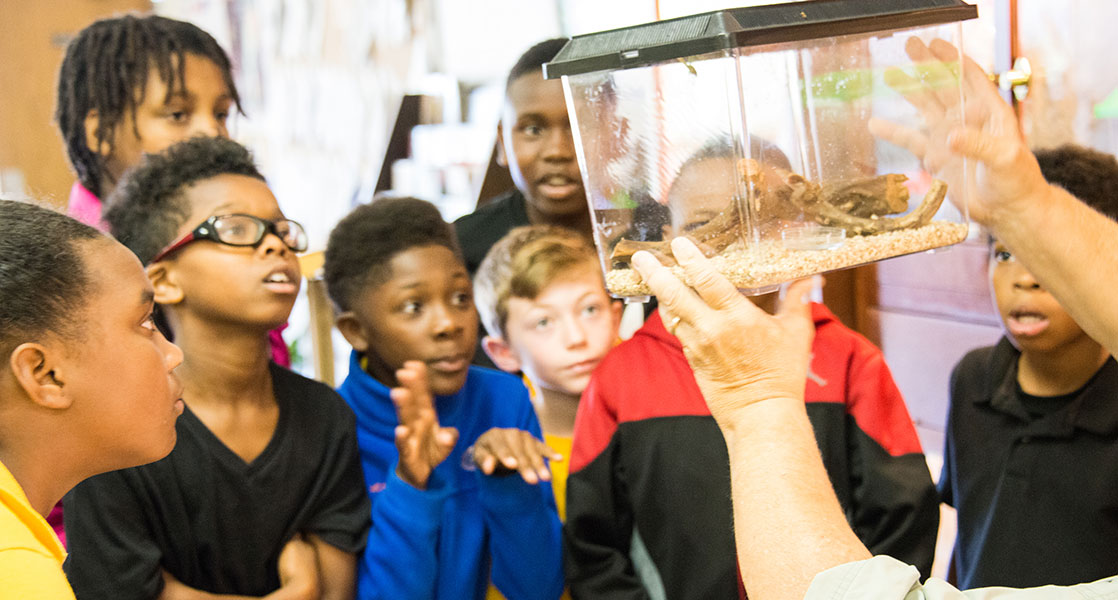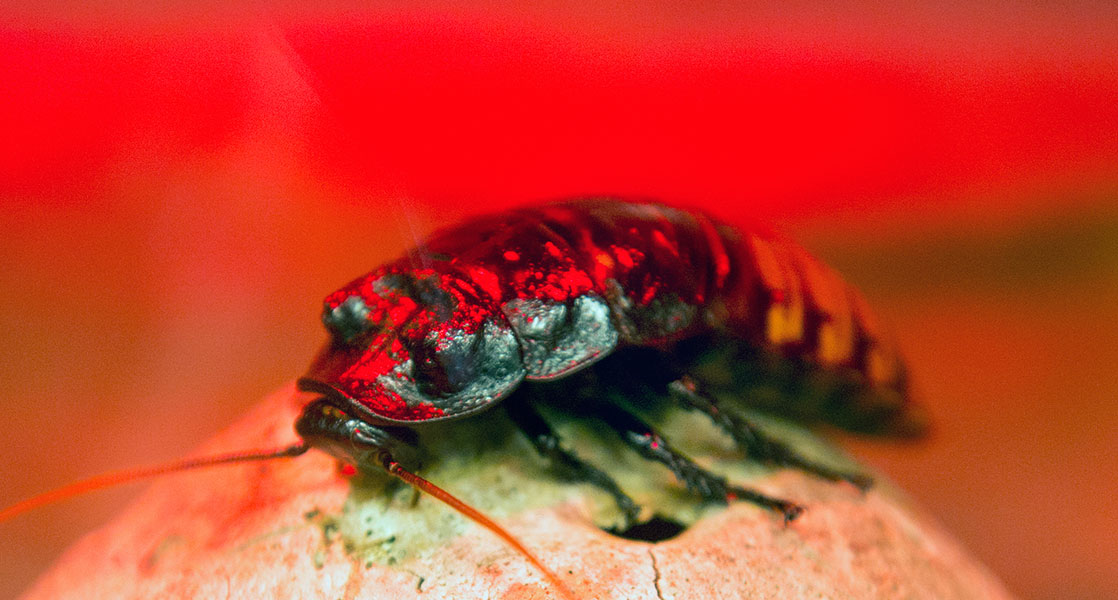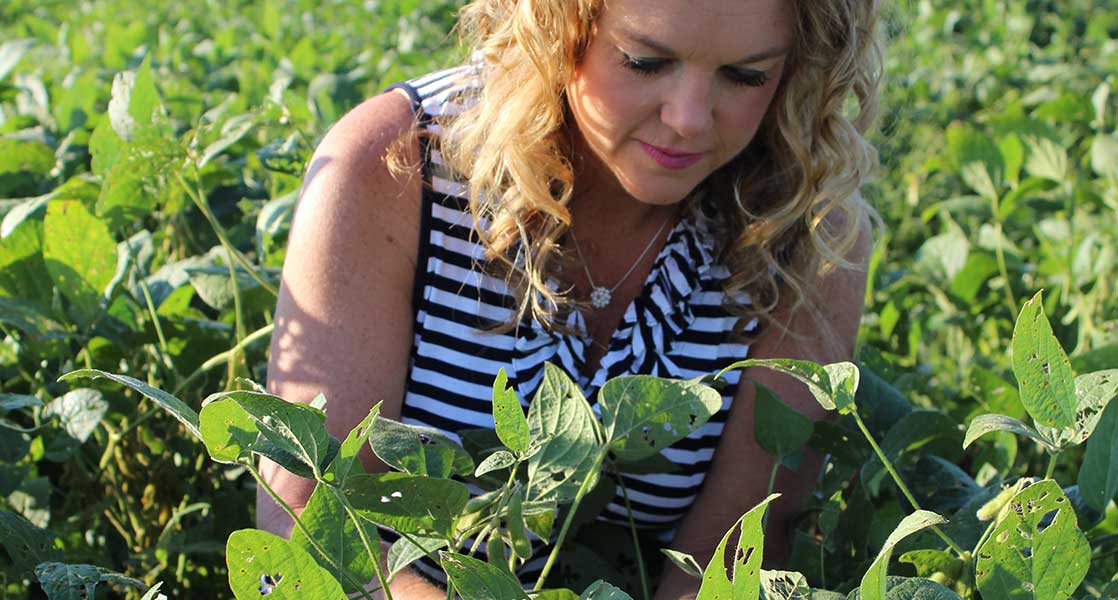Resources
Cotton Insect Losses - 2001
This report is sponsored by a grant from the Cotton Foundation.
Michael R. Williams, Chairman
Extension Entomologist
Cooperative Extension Service
Mississippi State University
Mississippi State, MS 39762
Introduction
This information was provided by state coordinators and was collected from surveys of county agents, extension specialists, private consultants and research entomologists. All data are averaged over a total reporting unit. For example, if a unit report represents 100 acres had an 8% loss on 25 of those acres, then in the table summary this shows up as a 2% loss. ((.08 .25)/100). This type of averaging is used for all data reported, including yields and costs of control. Because of averaging and rounding some individual state summary numbers listed as `0' are slightly larger. Costs are averaged to the nearest cent, bales and acres to the nearest whole number, other numbers are rounded to the nearest .001. Bales are calculated at 480 pounds, and a cost of $0.65 per pound of lint is used in figuring costs.
Abstract
Arthropod pests reduced overall yield by 4.53% in 2001. Acreage and yields were up in most of the cotton production areas in the US. Alabama at 9.19% reported the greatest percentage loss to insects in 2001. The bollworm/budworm complex was the top pest of 2001 taking 1.228% of the crop. About 64% of the US crop was infested with the complex of which 72% were bollworms. No other pest exceeded 1% reduction. Fifty-five percent (55%) of US cotton acres was infested by Lygus which reduced yields by 0.982%. Stink bugs, a heavy hitter in the east, was fourth at 0.768% reduction. These pests continue to expand. They infested 42% of the US crop in 2001. Thrips at 0.795% loss was 3rd and aphids at 0.275% were 5th . Cotton fleahoppers (0.126%) were 6th in the pest loss rankings. Boll weevil at 0.097% were almost a non player infesting 2.69 million acres. Silverleaf whitefly (0.08%), pink bollworm (0.39%), and beet armyworm (0.031%) complete the the top ten insect pests of 2001. Total cost of management and loss to insects to the 2001 crop was $1.158 billion or $78.60 per acre. Of those costs approximately $52 are direct insect management costs.
Key To Table
Table 1a -- USDA/NASS planted and harvested acres
Table 2 -- At planting insecticide applications
Table 3 -- Cotton insect eradication costs
Table 4 -- Bt cotton costs by state
Table 5 -- Application type and costs
Table 6 -- Cotton insect monitoring costs
Table 7 -- Summary of All States
Table 8-8c -- Alabama Tables
Table 10-10a -- Arkansas Tables
Table 11 -- California San Joaquin Valley
Table 12 -- Florida Summary
Table 14 -- Kansas Summary
Table 15-15b -- Louisiana Tables
Table 16-16b -- Mississippi Tables
Table 17 -- Missouri Summary
Table 18 -- New Mexico Summary
Table 19-19b -- North Carolina Tables
Table 20 -- Oklahoma Summary
Table 22 -- Tennessee Summary
Table 23-23i -- Texas Tables
Table 24 -- Virginia
Explanation of Tables
In an attempt to include as many of the costs of insect management as possible, the Cotton Insect Losses estimates have changed in the last few years. They were begun as a simple attempt to arrive at the `average cost of spraying insecticide' for control of cotton arthropod pests. We still attempt to arrive at the most accurate estimate possible for spray activities, but have also added some of the other costs which are incurred in cotton insect pest management. These `additional' costs increase the bottom line of expenditures for arthropod pest management - but also more accurately reflect true expenditures. Included are USDA cotton planting and yield estimates (Table 1,1a) `at planting insecticide costs,'(an estimate of the cost of systemic insecticides applied at planting for control of thrips and other pests of seedling cotton)(Table 2); `eradication costs'(which include the maintenance fee in those states which have eradicated the boll weevil and other eradication projects)(Table 3);`Bt cotton costs,'(an estimate of the technology fee)(Table 4); and `scouting costs;'(Table 6) in addition to the traditional `foliar insecticide costs.'(Table 5). The `Summary of All States is given in Table 7. Subsequent Tables 8-24 give cotton producing state summaries. Some states are subdivided and these tables follow the state summary table with the same number but have letters added. Remember, these are estimates and may not totally reflect an individual farm or area, but they do reflect trends and serve as a general comparison.
Acknowledgments
Each year cotton entomologists from across the cotton belt contribute time, effort and money to developing the Cotton Losses Estimates. We gratefully Acknowledge the contribution of Dr. Ron Smith, Alabama; Dr. Don Johnson, Arkansas; Dr. Peter Ellsworth, Arizona; Dr. Peter Goodell; California; Dr. Richard Sprenkel, Florida; Dr. Phillip Roberts, Georgia; Dr. Stuart Duncan, Kansas; Dr. Ralph Bagwell, Louisiana; Dr. Blake Layton, Mississippi; Dr. Michael Boyd, Missouri; Dr. Jane Pierce, New Mexico; Dr. Jack Bacheler, North Carolina; Dr. Miles Karner, Oklahoma; Dr. Mitchell Roof, South Carolina; Dr. Gary Lentz, Tennessee; Dr. James Leser, Texas; and Dr. Ames Herbert, Virginia. These coordinators enlist the help of fellow professionals in their states and produce outstanding numbers. We also appreciate the assistance of Mr. Gene Burris, Dr. Dick Hardee, Dr. Frank Carter and Ms Debbie Richter for their work in editing what can at times be a tremendous headache. We thank the Cotton Foundation for their continued support of this effort.



